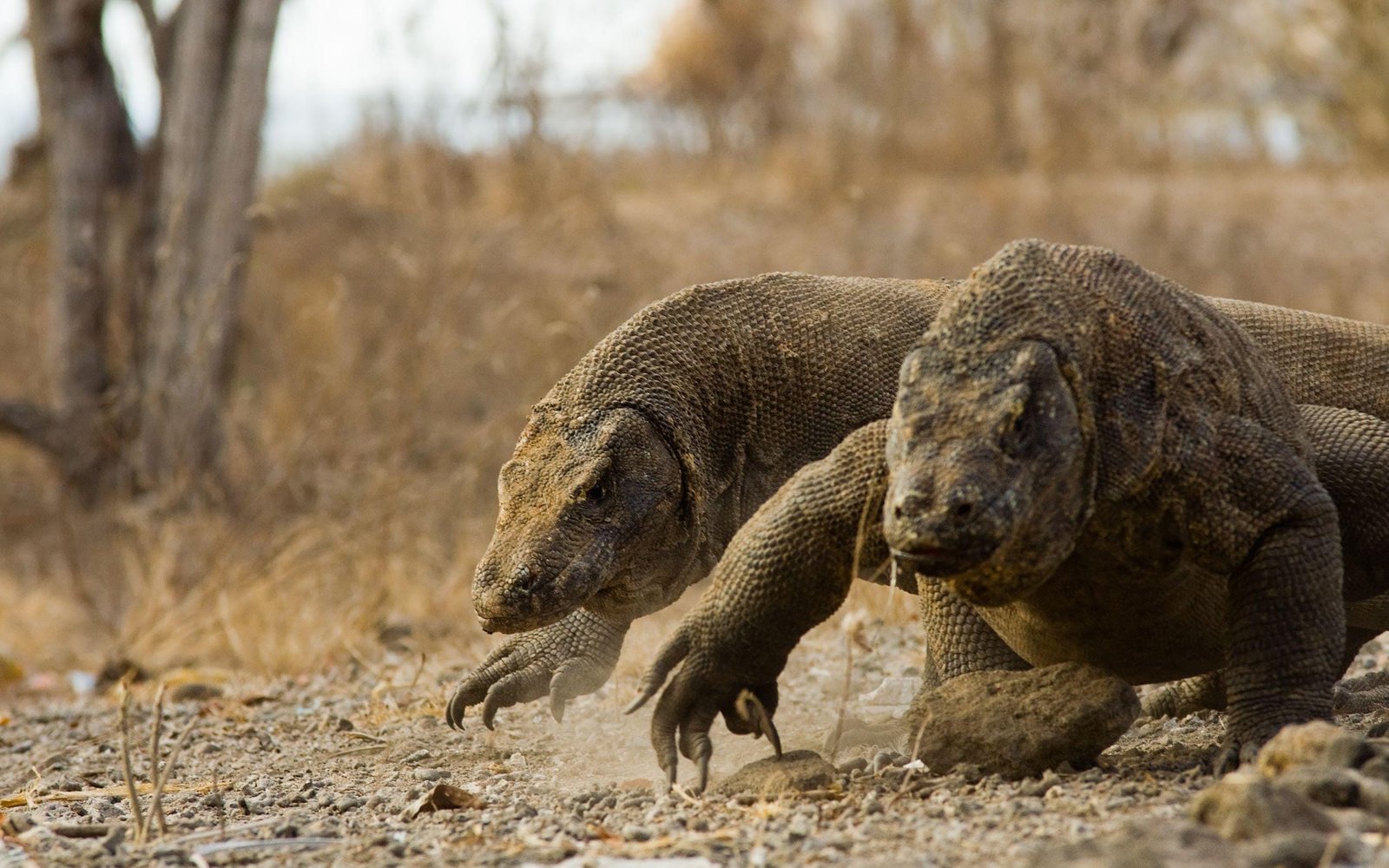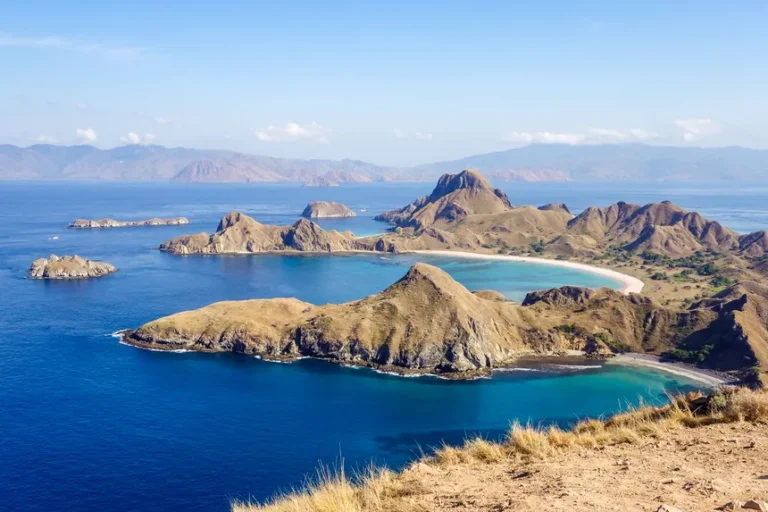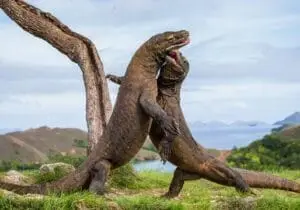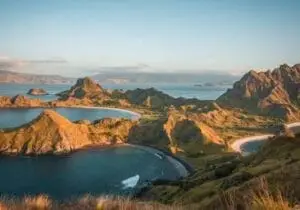
The Best Time to Cruise the Komodo Islands: A Seasonal Guide
If you’re dreaming of an adventure among the famous Komodo Islands, choosing the right time for your cruise can make all the difference. Known for their pristine beaches, vibrant coral reefs, and the elusive Komodo dragons, these islands offer a truly unforgettable experience.
But before you set sail, it’s important to understand the seasonal shifts that affect weather, sea conditions, and the overall travel experience.
The Komodo Islands experience two main seasons: the dry season and the wet season. Each has its unique advantages and challenges, so your ideal time to visit depends largely on what you hope to get out of your trip.
Who are we?
Operating Cruises in Komodo for 7 years now, we are proud to have delivered thousands of lifetime memories for our customers

Understanding the Seasons
Dry Season (April to December)
The dry season is widely regarded as the best time to cruise the Komodo Islands. From April through December, you can expect plenty of sunshine, clear skies, and minimal rainfall. These conditions are ideal for outdoor activities such as snorkeling, diving, and hiking. The water is calm and visibility is at its peak, allowing you to fully appreciate the vibrant marine life and intricate coral formations.

For many travelers, the dry season is also the best time to spot Komodo dragons in their natural habitat. With the weather consistently warm and dry, these magnificent creatures are more active as they roam in search of food and water.
However, it’s worth noting that the peak tourist months—typically June through September—can get a bit crowded. For a quieter experience, consider planning your trip during the shoulder months of April, May, or October. These periods often combine favorable weather with fewer visitors, making for a more relaxed journey.
Wet Season (January to March)
While the wet season—January to March—brings heavier rainfall and sometimes unpredictable weather, it has its own appeal. The lush, green landscapes become even more vibrant with the onset of rain, offering a different kind of natural beauty that many travelers find refreshing. With fewer tourists around, the wet season is perfect for those seeking solitude and a more intimate encounter with nature.

However, the increased rainfall can sometimes mean rougher seas, which might affect boat schedules and limit certain outdoor activities like hiking or diving. If you’re planning a trip during these months, it’s important to be flexible and prepared for sudden changes in weather.
For budget–conscious travelers, the wet season might also offer discounted rates on accommodations and tours, adding extra incentive to consider this time of year.
Transition Months: The Best of Both Worlds?
The transitional periods in April and October can offer a pleasant compromise between the extremes of the dry and wet seasons. During these months, the weather is generally mild with occasional showers, which can help keep the landscape lush without the intensity of the full wet season.
This balance makes April and October attractive options if you want good weather and a quieter, less crowded experience.
Final Thoughts
In the end, the best time to cruise the Komodo Islands depends on what you’re looking for in your adventure. If you’re after perfect weather and crystal-clear waters for diving and snorkeling, the dry season is your best bet.
On the other hand, if you value tranquility, lush scenery, and lower prices, then the wet season might be just what you need. The transitional months offer a happy medium, providing pleasant weather and a chance to enjoy the islands with fewer tourists.
Discover Our Latest Posts :
If you’re dreaming of an adventure among the famous Komodo Islands, choosing the right time for your cruise can make all the difference. Known for their pristine beaches, vibrant coral reefs, and the elusive Komodo dragons, these islands offer a truly unforgettable experience.
But before you set sail, it’s important to understand the seasonal shifts that affect weather, sea conditions, and the overall travel experience.





